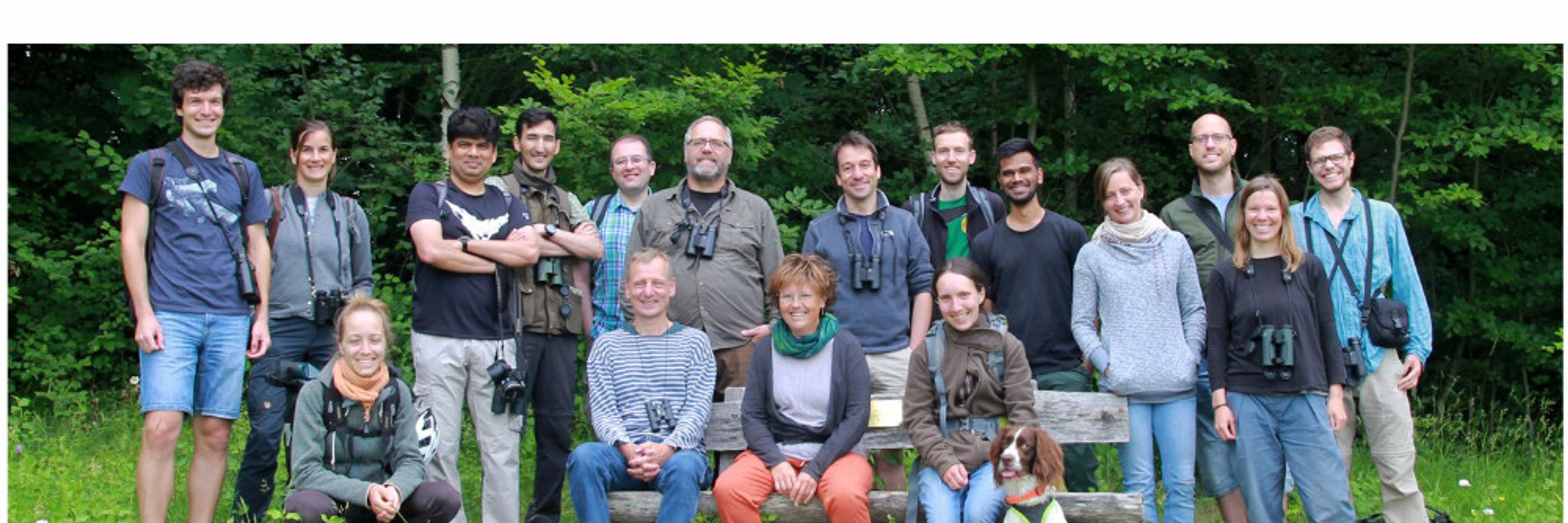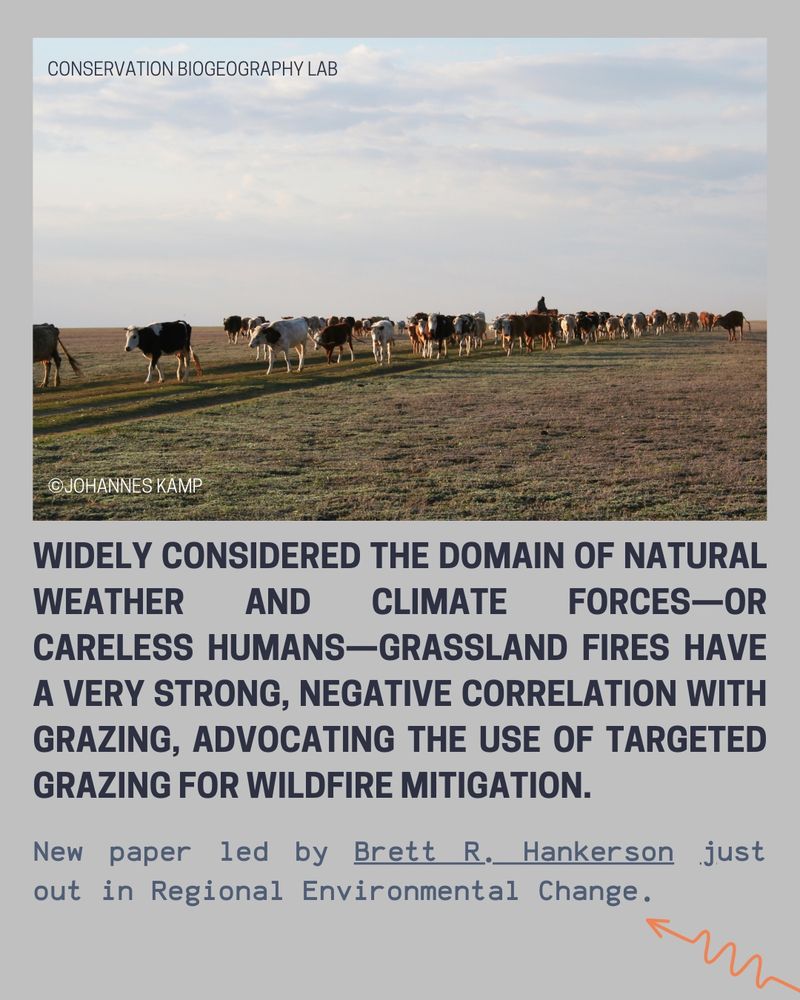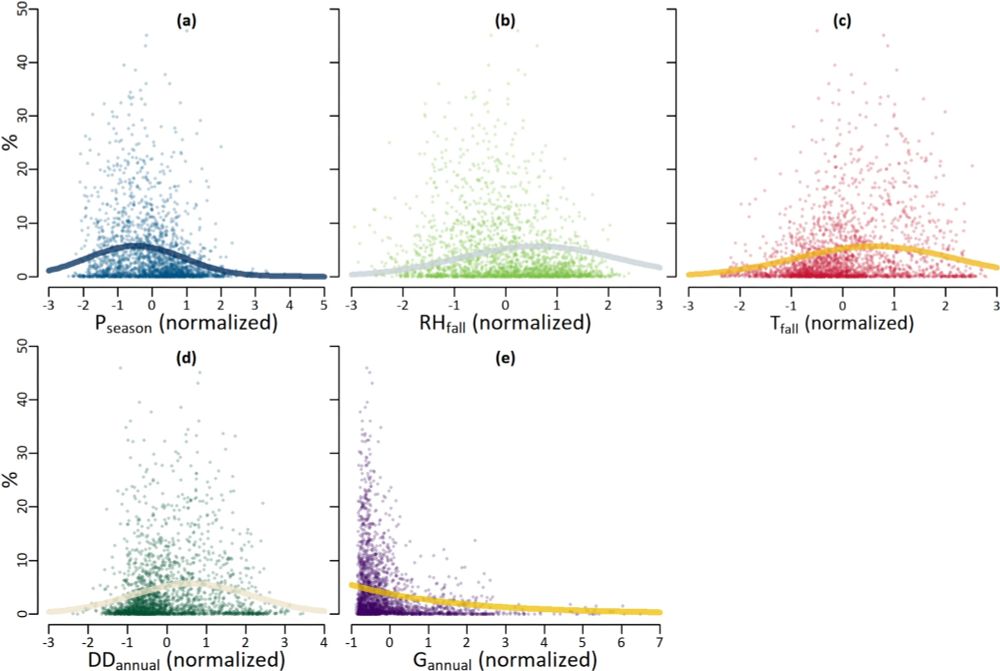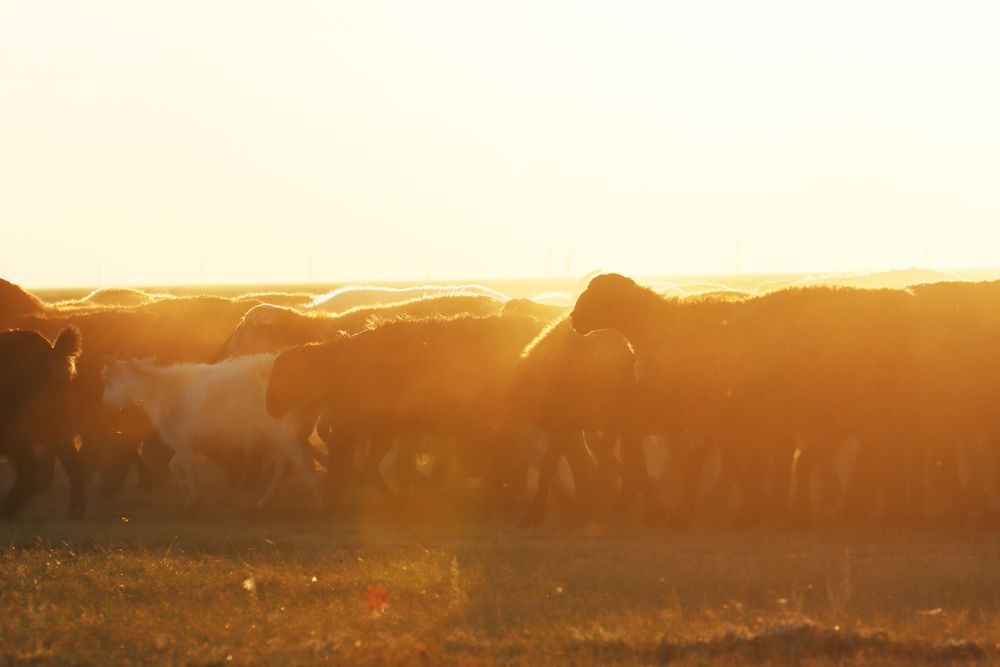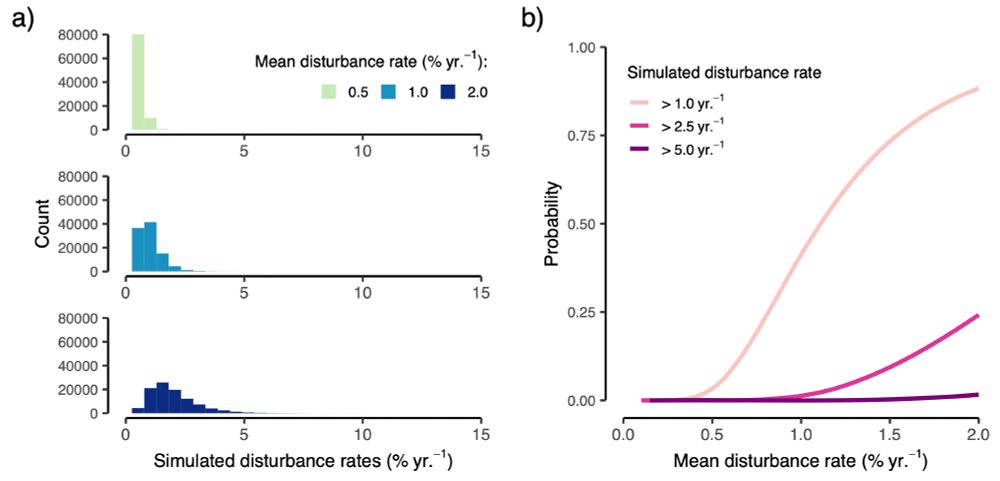Conservation Biology Göttingen
@consbiogoe.bsky.social
2.6K followers
400 following
140 posts
Department of Conservation Biology, University of Göttingen
http://www.uni-goettingen.de/conservation
Biodiversity monitoring | land-use change | human-wildlife interactions
Posts
Media
Videos
Starter Packs
Reposted by Conservation Biology Göttingen
Reposted by Conservation Biology Göttingen
